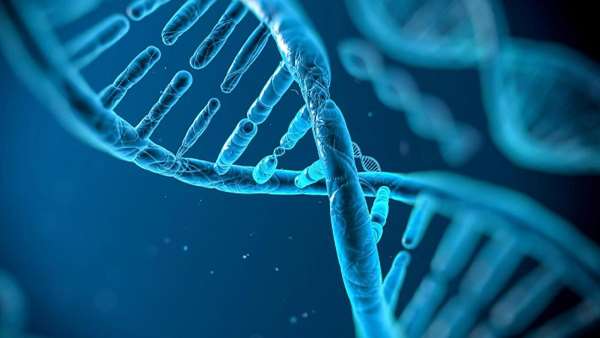Sex-linked differences in cancer may identify gender-specific genetic drivers and predict responses to treatment
Analysis of male- and female-derived tumor samples revealed differences in prognostic biomarkers, genes that drive cancer, and in regulation of key pathways that may predict responses to treatment, according to results published in two studies in Cancer Research, a journal of the American Association for Cancer Research.
Analysis of male- and female-derived tumor samples revealed differences in prognostic biomarkers, genes that drive cancer, and in regulation of key pathways that may predict responses to treatment, according to results published in two studies in Cancer Research, a journal of the American Association for Cancer Research.
Using data from The Cancer Genome Atlas (TCGA), Paul Boutros, Ph.D., MBA, and colleagues analyzed sex biases in mutation burden, somatic copy number aberrations, and somatic single nucleotide variants in male- and female-derived tumors from a variety of cancer types. The researchers observed large differences in both mutation density and the frequency of mutation of specific genes between male and female samples; however, not all tumor types displayed significant sex biases. The authors also found that tumors from males had decreased mRNA abundance of DNA mismatch repair genes across several tumor types, which was reflected in a higher tumor mutational burden. Additionally, sex-biased prognostic biomarkers were observed, as analyses revealed that genes associated with tumor aggressiveness varied by sex.
"The results from our pan-cancer analysis suggest that there are fundamental underlying differences in the way that male and female tumors initiate and progress," said Boutros, formerly associate professor at the Ontario Institute for Cancer Research and now director of Cancer Data Sciences at the UCLA Jonsson Comprehensive Cancer Center. "This indicates that researchers need to be cognizant of the incorporation of sex in biomarker discovery pipelines, particularly in the translational research arena."
Limitations of this study include fewer subsets of tumor types studied, a limitation of the TCGA database. Furthermore, the authors have currently limited their analysis to coding regions, which represents only two percent of the genome, noted Boutros. Future work will focus on differences between male and female samples in non-coding regions of the genome.
In a related study using data from TCGA, John Quackenbush, Ph.D., Camila Lopes-Ramos, Ph.D., and colleagues compared clinical and genomic data from male- and female-derived colon cancer tumors. The researchers found that autosomal gene expression was not significantly different between male and female samples. However, after constructing gene regulatory networks and performing differential targeting analysis, they discovered that 21 genes were differentially regulated between the male and female tumors. Furthermore, the authors found that the regulation of genes involved in drug metabolism was more pronounced in female tumors. Unlike in men, women treated with adjuvant chemotherapy had better overall survival if their tumors had stronger regulation of the drug metabolism pathway.
"Our results provide a novel insight into regulatory mechanisms that mediate sex-linked differences in colon cancer," said Quackenbush, chair of the Department of Biostatistics at the Harvard T.H. Chan School of Public Health in Boston. "In addition to identifying genes that are differentially regulated between males and females, we were able to associate patterns of differential gene regulation with clinical outcome."
Even though the authors controlled for confounding effects, Quackenbush noted that the data may not fully account for cellular or clinical heterogeneity and patients" risk factor profiles.
In a commentary accompanying the publication of these two studies, Arthur Arnold, Ph.D., from the University of California, Los Angeles and Christine Disteche, Ph.D., from the University of Washington in Seattle provided a brief description of the evolution of X and Y chromosomes and X chromosome inactivation, and the role these processes may play in the development of cancers. The authors posit that the disruption of specific gene pathways, which are more sensitive to the unequal effects of sex chromosomes, may elicit sex-biased cellular responses, which can influence cancer incidence and progression. They note that the two studies highlighted here offer additional insight into the underlying sexual inequality of the genome, which may lead to cancer, and provide further data pertaining to sex-linked differences in diseases beyond cancers of the reproductive organs.
"If we are going to understand these diverse cancers, it becomes critical to figure out the reasons for the sex differences," the authors stated in the commentary. "That will help optimize treatments in both sexes, and uncover possible sex-biased protective or harmful factors that might suggest new therapeutic strategies. Although some sex differences obviously stem from highly gendered human environments, which expose males and females differently to disease risks, we can also search for fundamental biological sex differences within cells that tilt the odds for tumor growth."
Reference:http://cancerres.aacrjournals.org/content/78/19/5527





ارسال به دوستان